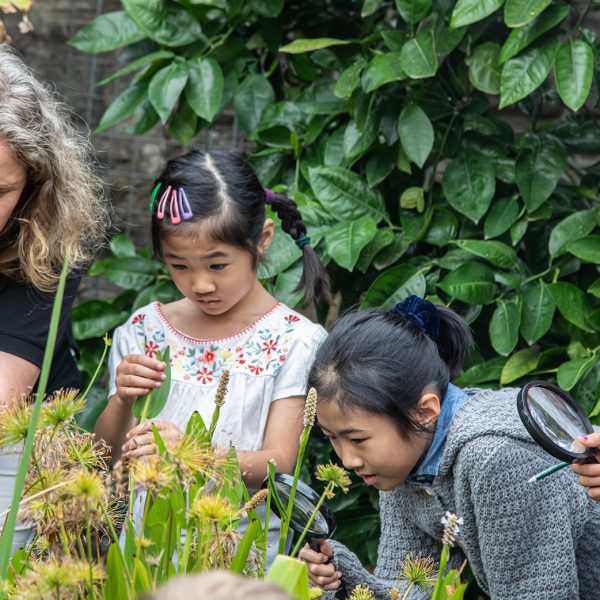Junior Landcare launches new resources to support First Nations perspectives

Ahead of Reconciliation Week and as part of Junior Landcare’s 25th anniversary, Junior Landcare has launched a new series of First Nations perspectives education resources, designed to help deepen children’s connection to Country and enrich their learning experiences and wellbeing through the use of yarning circles.
“We couldn’t be prouder to be expanding our collection of First Nations perspectives resources,” said Dr Shane Norrish, Landcare Australia CEO.
“By empowering educators, parents, carers, community groups and individuals – significantly children and young people who are the landcarers and leaders of the future – to develop a deeper understanding of First Nations practices and foster meaningful partnerships with Traditional Owners and First Nations people, our children will be better equipped to look after the land and their futures.”
The series of eight activities were developed for Landcare Australia’s Junior Landcare program by First Nations Educator and proud Wiradjuri man Adam Shipp, together with Environmental Educator and Education Specialist Sam Harrison.
Freely available in the Junior Landcare Learning Centre, supported by Woolworths, the resources have been designed to support educators and those working with children to create and use yarning circles respectfully, regularly and in collaboration with First Nations people and organisations.
“Our old people would sit or stand barefoot on the earth, on the dirt, which itself provided a healing and safe environment,” Mr Shipp shared, speaking about the significance of yarning circles in First Nations culture.
“We create these circles to be a safe place for all; a space where all people have a chance to yarn on equal terms. These are practices that can be adopted in our schools and early learning centres today, with many benefits – not just for learning outcomes but for children’s physical and mental wellbeing, too.”
The resources focus on a range of topics, from locating the best place to establish a yarning circle to everyday activities that can be done within a yarning circle. Resources are supported by a series of fun videos featuring Mr Shipp together with students, educators and First Nations community members to showcase living examples of yarning circles, as well as the connections that can be made with the outdoors and with First Nations people throughout the process of creating a circle.
“Yarning circles are spaces where kids can experience the richness of Indigenous culture and see it come alive; where it can be passed through generations from little ones right up to Year 12s, and even the broader community,” explained Richard Reid, Darumbal man and First Nations parent at one of the participating schools.
The new resources join 10 curriculum linked First Nations perspectives learning activities already available in the Junior Landcare Learning Centre, including Local Seasons: Exploring First Nations weather, Creating an Indigenous plant use garden, and Whose Country?, exploring First Nations people’s languages map.
“We’re excited about these new activities designed to help bring First Nations perspectives into the home and classroom,” said Loretta Arrastia, Community Programs Manager – Woolworths Supermarkets. “Yarning circles are a wonderful opportunity for children to come together, reflect, share and learn.”
To access Junior Landcare’s First Nations perspectives, resources and new yarning circle activities, click here.
Popular

Workforce
Quality
Research
When did it start to go wrong?
2025-12-18 08:00:46
by Fiona Alston

Policy
Economics
Jobs News
Provider
Workforce
Children’s Services Award changes finalised to address gender-based undervaluation
2025-12-12 06:58:10
by Fiona Alston

Economics
Provider
Quality
Jobs News
Policy
Practice
Workforce
The year in review: 2025's most impactful ECEC news stories and shifts
2025-12-16 07:32:18
by Fiona Alston
















